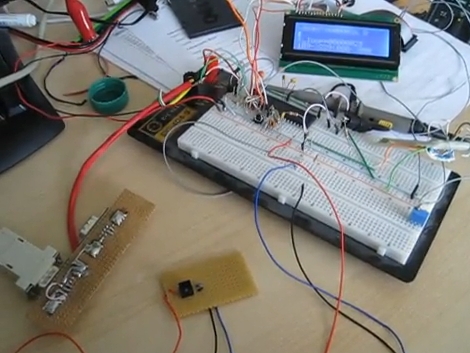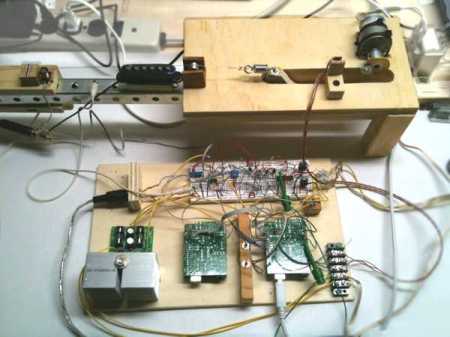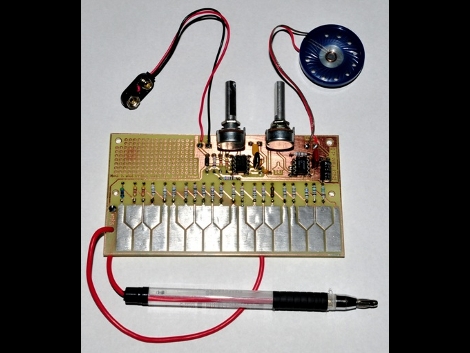
It’s totally excellent when a simple concept results in something inspiring and fun. [Rich Decibel]’s Kequencer is a good example, starting off as many projects do: “I had an idea the other day and I couldn’t decide if it was good or not so I just built it to find out.” Be still our hackable hearts!
[Rich] built this sleek little sequencer from scratch and while the design may not seem very novel to begin with–eight square wave oscillators with on/off switches and pitch knobs, played in sequence–but the beauty of it is in the nuances of interaction and the potential for further hacking. From watching the video you can see how the controls can be used in very interesting ways to create and mutate adorable chippy tone patterns. Check it out after the crossfade.
















